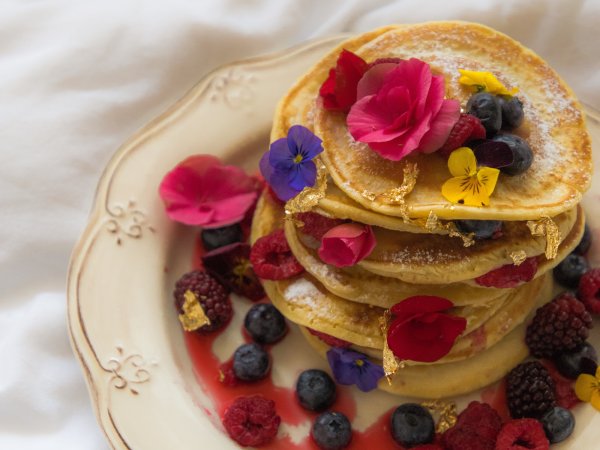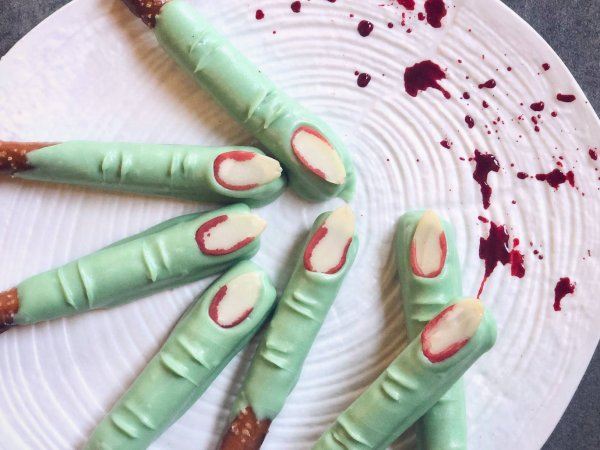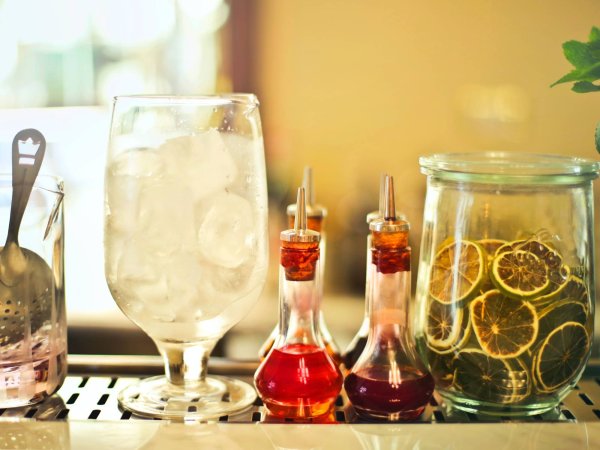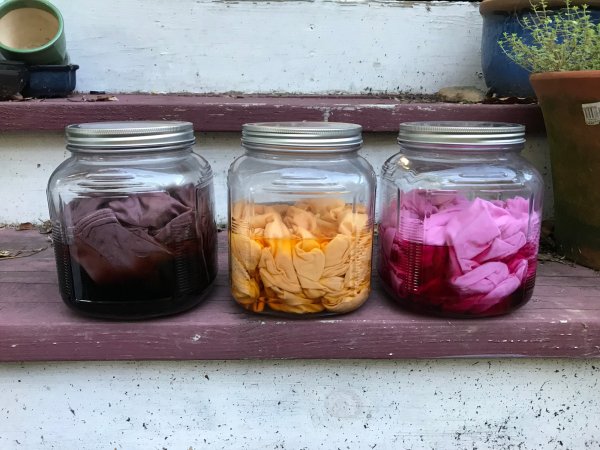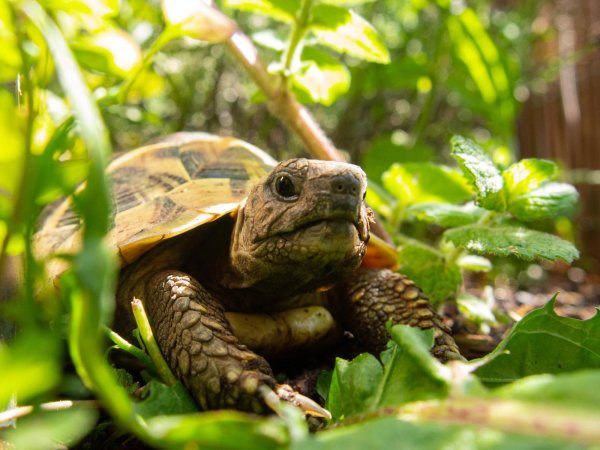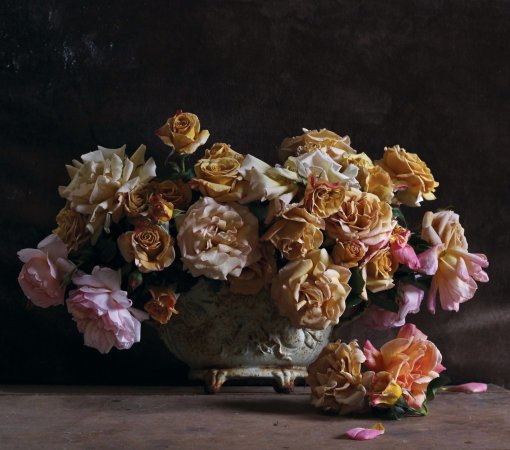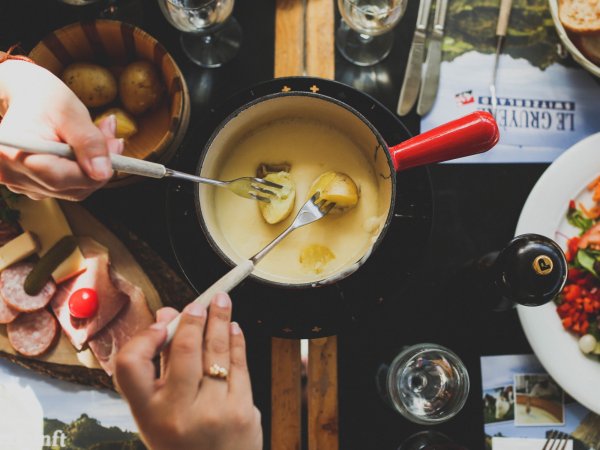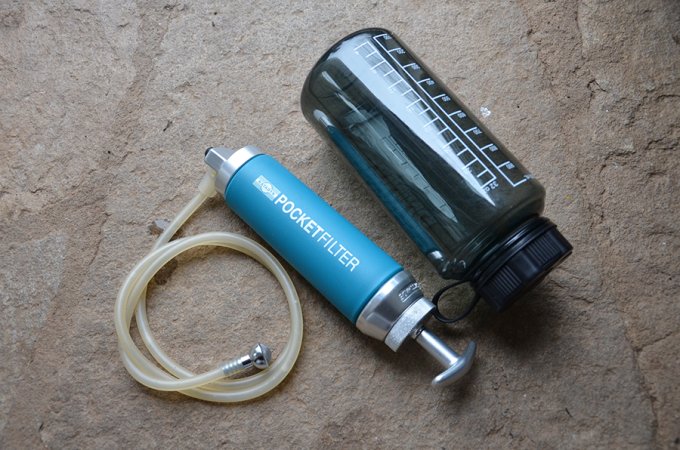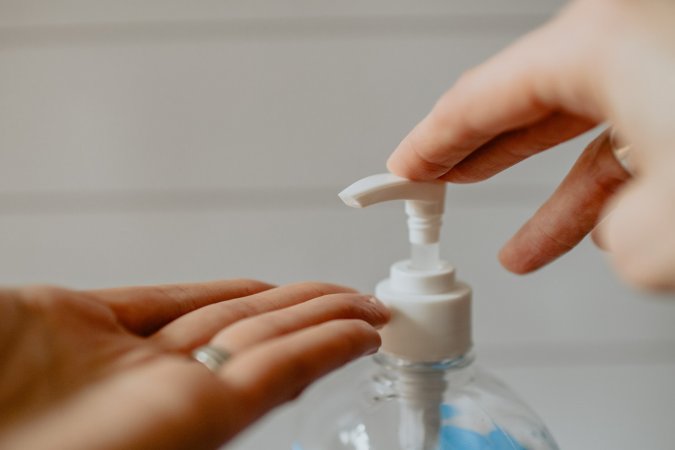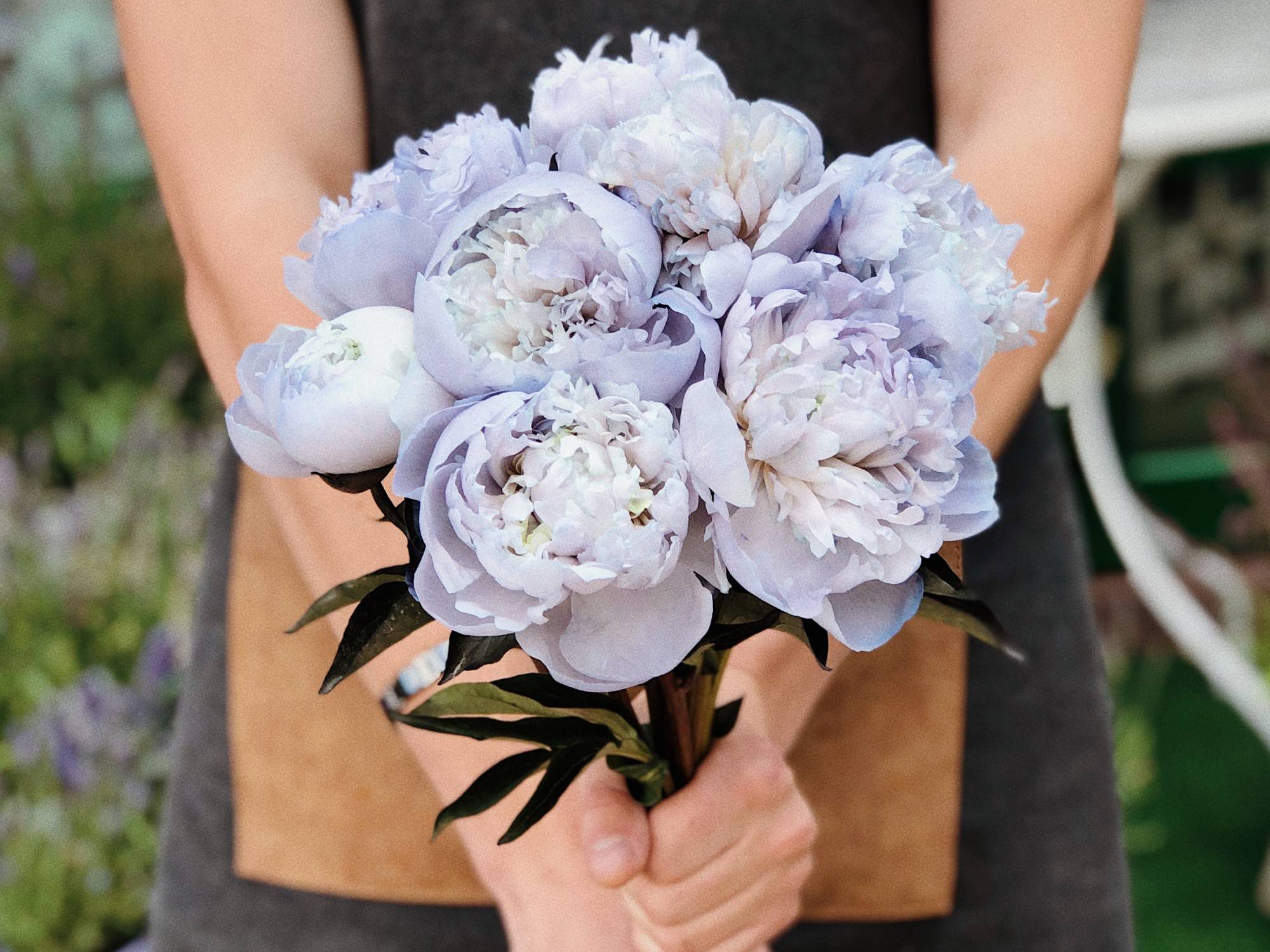

Flowers are beautiful. But just as with every nugget of beauty Mother Nature has ever given us, they wither and die. So is the circle of life.
The good news is that even if a floral arrangement is not actually part of a rooted plant anymore, you can keep the buds tight and colors vibrant for a fair amount of time. As with every living creature, caring for cut flowers is just a matter of managing and controlling basic conditions: water, food, temperature, and bacterial growth.
Water
Water is essential to all life on Earth (including you) and plays the most important role when it comes to keeping cut flowers thriving. So the first thing you need to do is make sure they’re drinking enough.
Right after you get your bouquet, open it and use clean gardening shears or scissors to trim the stems at a 45-degree angle. This will give your flowers a larger area to drink from, and prevent them from just sitting flat at the bottom of the vase. Repeat the cut every other day to give your blooms an even longer lease on life.
[Related: How to preserve flowers in 4 easy ways]
Bouquets also usually come with a lot of ornamental greenery to make them look fuller. And while some of it serves an aesthetic purpose, you certainly don’t need all of it. Just like in, well, the world, the water in a vase is a finite resource, and the more flowers and leaves you have, the less hydrated each one will be.
When you put your flowers in the vase, remove all the leaves that sink below water level. This will also prevent rot and unwanted bacterial growth—we’ll get to that in a moment. You may continue plucking some of the remaining leaves or even remove all of them if you want to—the fewer there are, the more water the flower will receive. Then add any accompanying greenery sprig by sprig, so you know exactly how much of it you actually want to keep.
Finally, you wouldn’t drink from a glass that has been sitting there for two days, and neither should your flowers. For truly long-lasting blossoms, change the water and give them a squeaky-clean vase every 48 to 72 hours.
Food
Yes, your flowers need to eat. But before you start scheduling meals for them twice a day, know that feeding your colorful bouquet is a piece of cake—or at least as sweet as one.
While still attached to a plant, a flower feeds off of carbohydrates produced by leaves as a result of photosynthesis. When a flower is cut, there are not as many leaves to produce food for it anymore, and if you did some serious plucking, the nutrient supply will be even lower. To make up for it, add sugar. If your bouquet came with a packet of sucrose-rich flower food, make sure to read the instructions and use the right amount per volume of water. If you don’t have flower food, 2 teaspoons of sugar per quart of water will do the trick.
In a pinch, some websites recommend adding ¼ cup of clear soda to the vase (yes, like Sprite). Just make sure it has sugar in it—diet and “zero” beverages just won’t do. You can even use a dark soda if you don’t have a clear one at hand, but it’ll definitely look a bit gross.
Keep in mind that different types of flowers have different tolerances for added sugar. Baby’s breath, for example, needs a higher amount of sugar once the buds are open, while daffodils don’t benefit from sugary solutions at all. If you have any doubts, the University of Massachusetts Amherst put together a table with common flowers and basic indications about how much sugar they need for life in a vase.
Prevent bacterial growth
If you’ve ever made bread or anything involving yeast, you’ll know that bacteria also love sugar. And you definitely don’t want too many of those little critters living in your vase with your flowers.
To deter bacterial growth, there are a number of household products that, in the right proportion, will help your blossoms thrive for longer. Small quantities of chlorine bleach (as opposed to oxygen bleach) can help get rid of tiny microorganisms—just add ½ teaspoon per quart of water. The downside is that bleach rapidly degrades in the presence of water and light (like in a glass vase), so you’ll need to change the water every day instead of every two days.
Another way to prevent bacteria from multiplying is by lowering the pH. Two tablespoons of white vinegar per quart of water will do the trick, but if you want to get really specific, the best choice is citric acid. Used in cooking and even to clean your gunky electric kettle, citric acid not only will lower the pH but will also make water travel faster in the flowers’ internal system. Getting the correct amount can be tricky, though—you’ll need a scale so you can measure out between 0.35 and 0.5 grams of citric acid per liter or quart of water.
Temperature
It’s not rocket science—cold temperatures delay biological processes and, therefore, help preserve all kinds of things, from food to skincare products and, you guessed it: flowers.
A good idea is to do like florists and put your bouquet in the fridge overnight to prolong its beauty—no one is going to longingly gaze upon it at 4 a.m., anyway. How feasible this is will highly depend on how much perishable food you currently have in store and the size of your arrangement. Still, there are other things you can do to help your blossoms be and stay cool.
First, there’s location—avoid placing your flowers in direct sunlight and near heat sources like long-running appliances, desk computers, and heating vents. Avoiding drafts will also help prevent dehydration.
Then, there’s the water. Adding ice cubes to your vase will help keep the water chill for longer—bonus points if you use cold water from the fridge as well.
And keep it away from fruit
If you’ve ever seen a bowl of fruit going bad in unison as days go by, know that it’s not because your bananas, pears, and apples made a pact to check out at the same time. It’s because of ethylene gas.
This chemical is released by some fruits and vegetables and stimulates maturation. Plants do this too, and—you guessed it—flowers are also affected. This is why floral and fruit arrangements should never be placed close together.
[Related: 7 edible flowers and how to use them]
But if you must, the solution may be in your bar. Alcohol, one of the main ingredients in vodka and other clear distilled beverages, is a known ethylene inhibitor. It has even been used as a drip to counteract poisoning from ethylene glycol, a toxic ingredient in antifreeze that causes kidney failure when ingested.
The principle is the same, though proportions vary. To help your flowers fight this aging gas, add 20 milliliters (roughly 1 ¼ tablespoon) of 40 percent ABV vodka per liter or quart of water. Other clear spirits like gin, for example, may also work, but you’ll need to adjust quantities so the alcohol concentration per quart of water is no higher than 8 percent.
